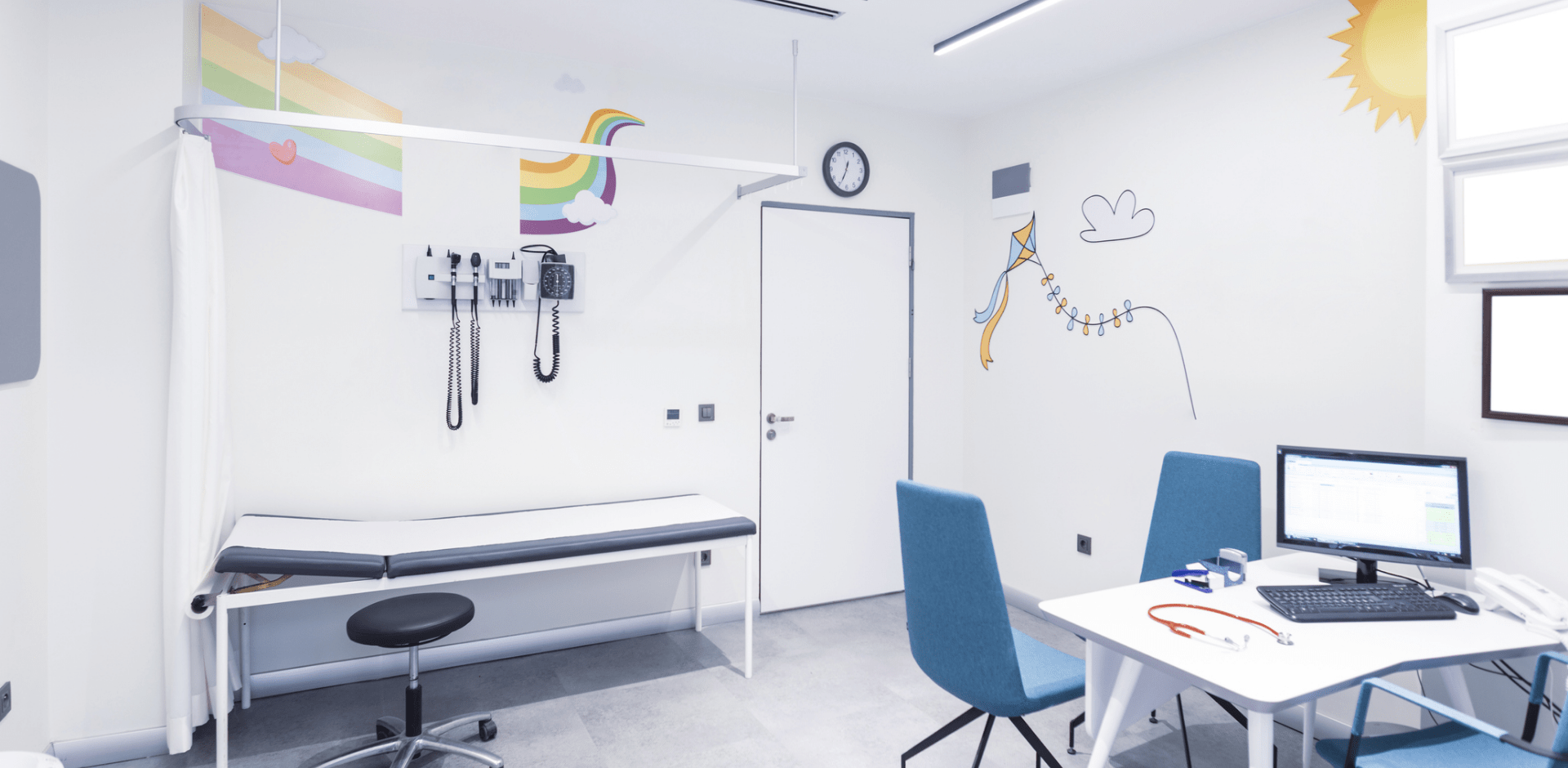Progress with Payers
The reimbursement team continues to engage with payers to expand coverage, policies, and patient access to Tula. Here are some of the published health policies in favor of Tula:

Anthem BCBS
Anthem Blue Cross Blue Shield has added 0583T to their Myringotomy and Tympanostomy medical policy as a covered procedure when medical necessity is met. You can view the Myringotomy and Tympanostomy Tube Insertion policy by clicking the following link.
View PolicyCigna
Cigna has established formal coverage for Tympanostomy tube insertion using the Tula® System (CPT® 0583T) for patients that meet their medical criteria. You can view the Medical Coverage Policy by clicking the link below.
View PolicyOSU Health Plan
The Ohio State University (OSU) Health Plan has included 0583T in their fee schedule and designated a prior authorization requirement. Please reference the Specific Plan Details document (SPD) to determine a patient’s coverage eligibility. For more information, please refer to the OSU Health Plan’s website.
View SiteSouth Dakota Medicaid
South Dakota Medicaid has added 0583T to their fee schedule. Physicians can log into their individual provider portals through SD Medicaid for fee rate inquiries.
View Fee ScheduleBCBS of Minnesota
Blue Cross Blue Shield of Minnesota has included the CAT III code for Tula, 0583T, on their list of covered codes. This means that the Tula procedure will be covered when the patient meets the medical criteria. The reimbursement rate will be subject to the payer’s fee schedule and the physician’s contract.
View PolicyIndiana Medicaid
The Tula CAT III code, 0583T, was added to the Indiana Health Coverage Programs (IHCP) professional fee schedule with guidance on service category and pricing method.
View Fee ScheduleReimbursement FAQs
What is a category III code and how do payers reimburse physicians for these codes?
Category III CPT codes are temporary codes that represent new and emerging technologies, procedures, and services. The AMA/CPT Editorial Panel has established the Category III code process to aid in data collection and the potential future valuation of new Category I procedures. Typically, there is no fee schedule amount associated with Category III codes. Payers may determine payment amounts for Category III CPT codes on a claim-by-claim basis based on the description of the procedure, documentation of the time and complexity of the work, crosswalk codes provided by the physician, relevant practice expenses such as devices and disposable supplies and equipment required for the procedure, the provider’s billed charges, and the provider’s contract with the payer.
Why isn’t an existing Category I code appropriate for use?
Category I tympanostomy codes, 69433 (under local anesthesia) and 69436 (under general anesthesia), do not adequately describe the procedural elements associated with the Tula procedure. The Tula procedure involves different procedural time, intensity, and procedural steps. CPT I 69433 (Tympanostomy (requiring insertion of ventilating tube), local or topical anesthesia)2 involves different procedural elements and has significantly lower practice expenses than the Tula procedure. CPT I 69436 (Tympanostomy (requiring insertion of ventilating tube), general anesthesia)3 does not describe the Tula System’s local anesthesia approach and that code cannot be billed when the procedure is performed in an office setting. CPT codes 69433 and 69436 do not have appropriate Relative Value Units (RVUs) assigned to incorporate the cost of all elements of the Tula procedure.
How will commercial insurance reimburse the Tula procedure?
Payment is likely to vary from payer to payer and claim by claim. Because Category III CPT codes do not have assigned values, these claims will be adjudicated and assessed individually. Commercial payers use a variety of reimbursement methodologies and guidelines to reimburse physician services. Possible methods include but are not limited to payment based on established fee schedules, such as the Medicare Physician Fee Schedule (MPFS), or payment based on charges, such as a set percentage of the billed charges. Payment methodologies vary from payer to payer, and the above are only a few examples of how payment may be determined for a claim. Providers should contact the specific payer in question with any payment-related inquiries.
What can practices do to support patient access to the Tula procedure?
Practices should make sure that patients meet the criteria for medical necessity, provide a cover letter with the claim, and include all relevant documentation.
How will contracts between practices and insurers affect reimbursement for the Tula procedure?
Commercial payers and physician practices negotiate contracts to set procedure payment. Contracts may contain language for specific procedures or CPT codes. Contracts may also have language addressing payment for Category III CPT codes. For example, a contract may state that the provider agrees to accept a specific percentage of billed charges for a Category III CPT code or that the payer will accept the physician’s reasonable and customary charges for a code. Commercial payers typically have a specific provider relations contact assigned to a physician’s office or the surgical facility, who can discuss the provider’s specific contract in detail if there are questions about what the contract does and does not cover, or specific payment terms involved. We recommend that you connect with the Health Plan’s provider relations contact with any questions about your contract with that specific Health Plan.


;)
